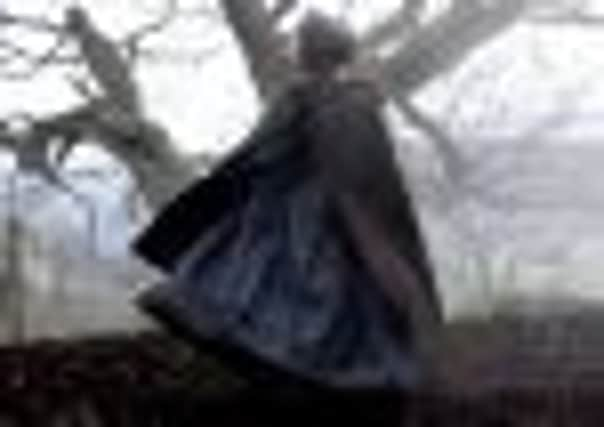Book review: The Flight of Gemma Hardy by Margot Livesey


The Flight of Gemma Hardy
by Margot Livesey
HarperCollins, 464pp, £17.99
Nor is Margot Livesey. “My main literary debt is obvious,” she comments in her acknowledgements to The Flight of Gemma Hardy, her seventh novel, the inspiration for which is Charlotte Brontë’s tempestuous feast of fiction, the classic, Jane Eyre. It has, of course, been done before, most inventively in 1966 in Jean Rhys’s richly imagined Wide Sargasso Sea which related the early life of half-Creole Bertha Mason, the spectral wife of Mr Rochester, brooding hero of Brontë’s tale.
The Bertha figure is utterly absent from Livesey’s decaffeinated version. Instead she shifts Brontë’s tale from its 1840s bleak northern English setting (Rhys placed her version in Jamaica), placing the narrative in Scotland (much of the action takes place on Orkney), during the 1950s and 1960s when Gemma, “small and plain” like Jane, battles adversity, austerity and misfortune.
Advertisement
Hide AdAdvertisement
Hide AdDevotees of the original will relish Livesey’s clever, nuanced twists, her approximate parallels to Brontë’s dramatic plot line – the spiteful aunt, obnoxious cousins, awful boarding school with its resident dying consumptive, and (roll of drums) the eventual, melodramatically interrupted wedding – during all of which the reader foregoes surprise in exchange for the joys of anticipation.
Those readers who come to this Brontë-free may reel at the starkness of Gemma’s childhood. Orphaned at the age of three, she is carried off from her home in Iceland to live with her uncle (her dead mother’s brother), a kind-hearted vicar who later drowns when skating on ice when Gemma is nine, thus leaving his niece to drown metaphorically in the misery heaped upon her by his wife and the terrible cousins.
The action is worthy of a pantomime – Cinderella comes to mind – and would be risible were it not for Livesey’s witty sardonic prose, gifting Gemma not only intelligence and rebelliousness the equal to that of Jane Eyre, but also a voice that lends amusement and perspective, albeit in retrospect, to her plight. The adolescent cousins are described with “their glittering necklaces and handbags as if on their way to the Lord Mayor’s Ball. That Louise could scarcely walk in her high heels, that Veronica had applied so much … rouge that she seemed to have a fever, only heightened their transformation.”
Gemma’s ironic objectivity is the key to her survival. It offsets her prevalent inclination to fraught emotions as she too undergoes a series of transformations. Sent to Claypoole School by the callous bitching aunt – to endure eight years as a skivvy-cum-pupil – Gemma acquires the position of nanny at Blackbird Hall on mainland Orkney. Gemma’s charge, eight-year-old Nell, orphaned and wilful, is the niece of the frequently absent businessman, (a pallid simulacrum of the Rochester figure), Hugh Sinclair.
Sinclair, single, in his forties, is quixotic, bringing his friends to stay from London, calling the shots. Despite the chasm in their ages and social standing, he and Gemma share a non-conformist quirkiness and dry humour. Mutual attraction increases their time in each other’s company. Nell is delighted.
Livesey revels in portraying Orkney life, its traditions and history; the landscape is perfectly cast to surround the unfolding heightened drama as Hugh and Gemma seem set to marry. But off-stage, the fickle finger of Brontë precedent waits to nudge true love off course and set Gemma in flight – as the title foretells.
It is only then, in the novelistic sense, that the book at last takes wing, becoming freed of its Jane Eyre shackles as Gemma throws herself upon providence, heading due south via Inverness to Aberfeldy, alone, distraught, with all her possessions lost en route.
Advertisement
Hide AdAdvertisement
Hide AdThe latter third of the book brings her face to face with kindness, trust, a temporary home and a man to cosset her. It is then she is forced to think about whom she is, who she has been, to consider her parents and their origins, and her own, to search for belonging.
In her quest she visits Iceland. But what of Sinclair abandoned in Orkney, with Nell in his keeping? It’s unfinished business, which Livesey, haunted by Brontë’s shade, seeks to reconcile in an ending that swells symphonically, its characters properly airborne, looking down from the height of nonsense, perhaps, but entranced.